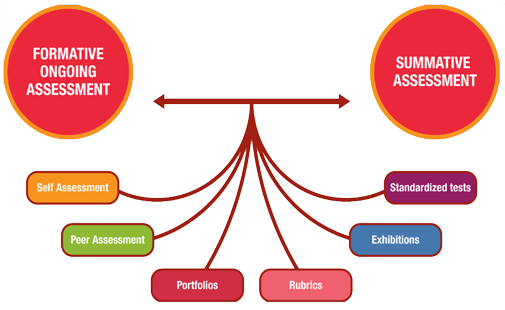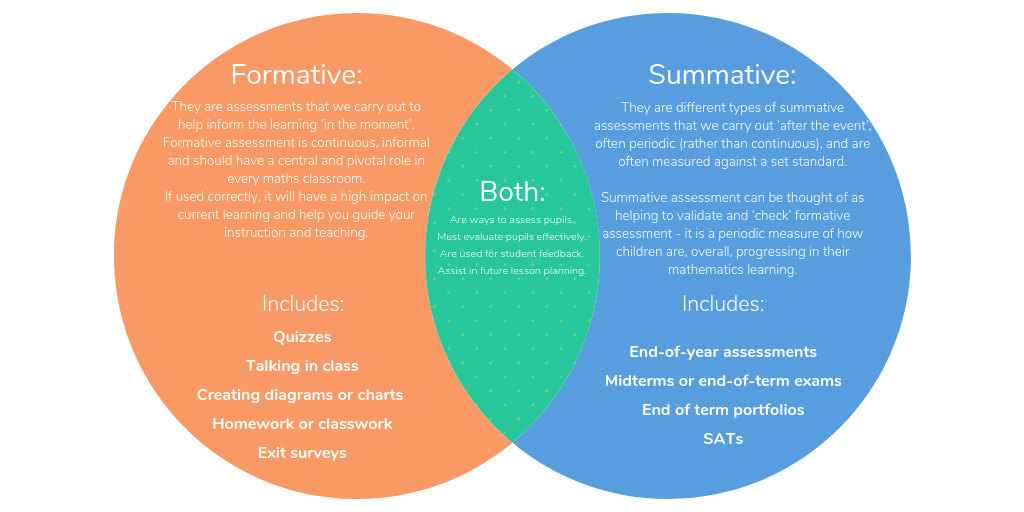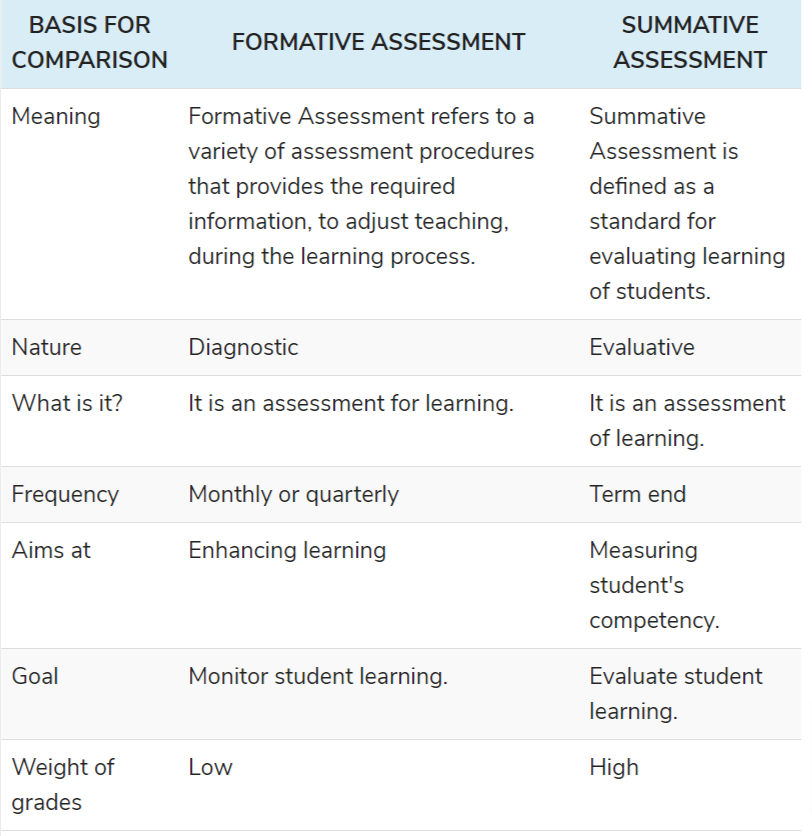Formative vs Summative Assessment Comparison Chart - Formative vs Summative Evaluation Comparison Chart
Formative vs Summative Assessment Comparison Chart
Formative vs Summative Assessment Comparison Chart: What is the difference between formative and Summative Assessment? This chart provides a guide for different between formative and Summative Assessment kinds of student assessments.
The formative assessment (FA) is conducted during the learning process.
On the contrary, summative assessment (SA) is undertaken only at the end of the course or unit. The primary difference between formative and summative assessments lies in their nature and the frequency of occurrence. Let’s take a look at this article, in which we’ve simplified the difference.
Formative vs Summative Evaluation Comparison Chart
Formative vs Summative Evaluation Comparison Chart: Assessment refers to the evaluation of something. When it comes to learning, students are assessed by the educational institution, to analyze their learning graph, their understanding level, and progress. It also helps in planning further study material. Assessment can be of two types, i.e. it can be formative or summative.
Formative and summative assessments should be adaptable
Formative vs Summative Assessment Comparison Chart: It is important that in all subjects, but especially in Maths, that we use a combination of both formative and summative assessment, but that formative assessment, due to its constant nature, makes up the bulk of our assessment activities.
Importantly, it is not the ‘form’ that assessment takes that determines whether it is formative or summative, instead, it is how it is being used.
For example, ‘test style questions can be used both as formative assessment (perhaps as exit tickets – questions given to children at the end of the lesson to check to understand) or summative (perhaps as an end of the unit test or check).
Formative vs Summative Assessment Examples
Examples of Summative Assessment
1. Personal evaluation papers
Require students to apply principles from your class to their personal lives. These papers are excellent fits for psychology, nutrition, finance, business, and other theory-based classes.
In a nutshell, personal evaluations let students look at themselves through a different lens while exploring the nuances of the principles they learned in class.
2. Cumulative, individual projects
Have your students pick a project to complete. This project should somehow reflect what they’ve learned throughout the course.
Projects are great for any practical application class from health science to physics. Creating a cross-section of the human heart, designing a diet, or creating a protective egg-drop vessel are all fun ways students can show off their knowledge of a topic.
3. In-depth reports
Instruct students to choose a topic that resonated with them in class and report in-depth on it. This is a great opportunity for students to take an idea and run with it under your supervision.
These reports often showcase a student’s interest, and you’ll be able to evaluate a student’s engagement level in the class by how they approach the report.
The goal is a passionate, intelligent, and comprehensive examination of a concept that matters to a student.
Examples of Formative Assessment
1. Misconceptions
After you introduce a concept to students, introduce a popular misconception about it. Have students discuss why the misconception is false and where it may have started.
This exercise makes students think critically about what they’ve just learned while showing them how to debunk misinformation.
2. Idea comparisons
Instruct students to layout the main ideas of a new concept they learned. Then, have them compare that concept to another to see where they agree and disagree.
In addition to helping students remember these concepts, this exercise makes them apply previous knowledge to a new format so they can remember it better in the future.
3. Make an ad
Have your students create an advertisement for a concept they just learned. Use visuals and text to really sell an idea.
This makes students apply what they’ve learned into a creative exercise, which helps with long-term retention.
Formative Assessment Vs Summative Assessment Charts - Different Charts to Get More Ideas
People Also Search For
- formative assessment examples
- formative and summative evaluation
- formative vs summative assessment comparison chart
- formative assessment meaning
- informal summative assessment
- formative and summative assessment pdf
- formative and summative evaluation ppt
- formative and summative evaluation of curriculum
Related Posts







Comments
Post a Comment